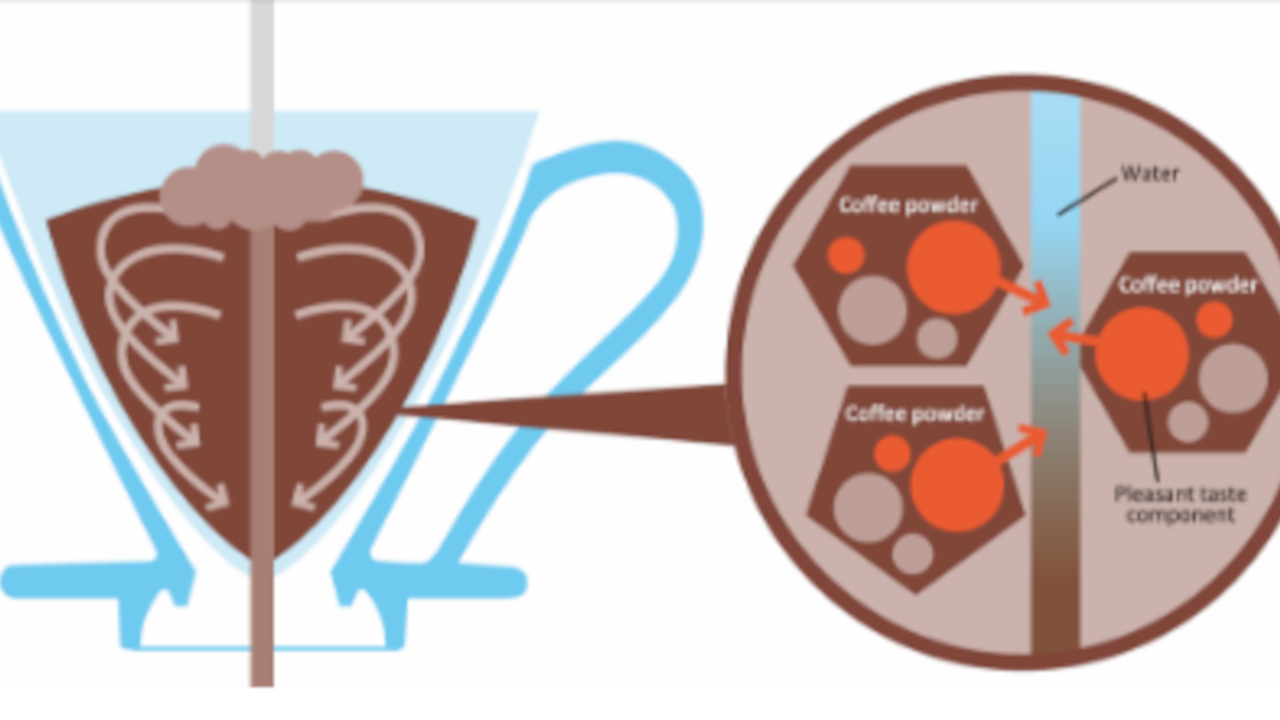
Discover the Coffee World: A Comparison of Brewing Methods
Introduction: Welcome, coffee lovers, to a fascinating exploration of brewing techniques that impact the flavor and experience of our favorite beverage. In this post, we will dive into the comparison between two very different filtering methods: the classic V60 and the innovative osmotic flow. Join us on this journey through flavors and the science behind each cup.
The Duel of Techniques: In the left corner, we have the V60, the beloved drip cone praised for its simplicity and delicious results. On the other hand, in the right corner, enters osmotic flow, a technique that challenges conventions and invites us to question what we know about coffee extraction.
The Research Behind the Cup: An experiment comparing sensory experience and scientific numbers behind each method. From texture to acidity, every detail is meticulously analyzed to understand how the brewing process affects the final result in the cup.
Deciphering Flavors: In the battleground of the palate, osmotic flow surprises with its elevated body yet smooth flavor, while the V60 unfolds with vibrant acidity and exceptional clarity. Which one will conquer your taste? Discover it with us!
The Science of Coffee: Delving into the numbers, we are surprised to find a mere 0.01 difference in TDS (Total Dissolved Solids) between both methods. This small variation leads us to reflect on the complexity of extraction and how even subtle differences can profoundly impact our enjoyment of coffee.
Specifications Comparison Table:
| Aspect | V60 | Osmotic Flow |
|---|---|---|
| Body | Lower | Higher |
| Flavor | Vibrant acidity, exceptional clarity | Smooth, mild |
| Extraction Percentage | 19% | 19% |
| TDS | 1.45 | 1.46 |
| Agitation | Yes | Very little |
| Pouring Technique | Circular pour to 150g, then single center pour to 300g | Center-focused pour until 100g, then around foam dome |
| Overall Experience | Lively and clear with lingering sweetness | Mild and slightly flat, with astringency |